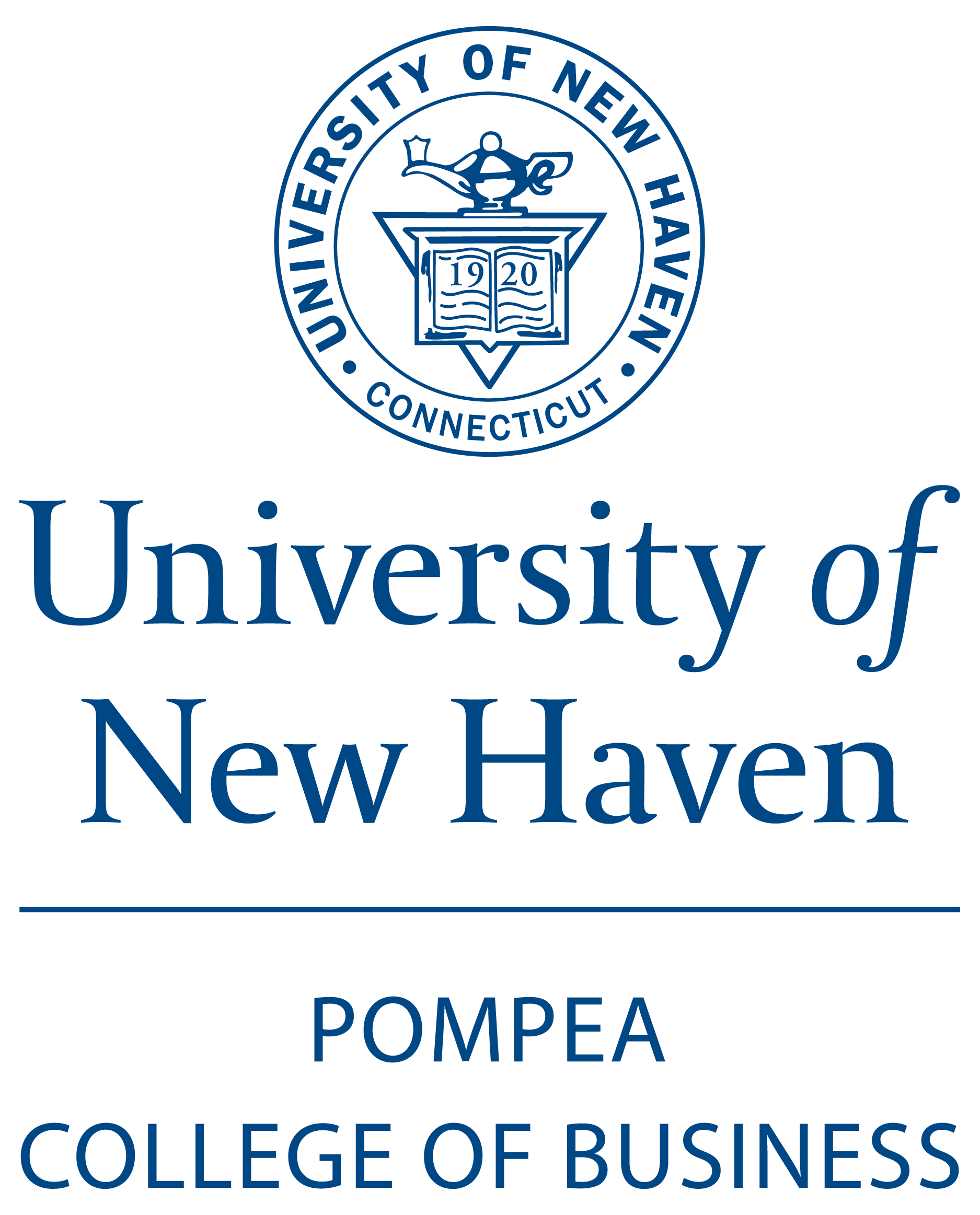Abstract
This study extends the existing literature in this area by examining the conditional connectedness between energy and metal markets using a novel time-varying quantile and frequency connectedness method developed by Chatziantoniou, et al. (2022) based on Ando, et al. (2018) and Barunik & Krehlik (2018) techniques. Connectedness between the markets was analyzed across various times and frequencies, with daily data covering May 18, 2011, to September 23, 2020. Short-term dynamics strongly drive the total pairwise shocks, while the contribution of medium-term dynamics was meagre, and that of long-term dynamics was insignificant. While the natural gas, gasoline, gas oil, heating oil, crude oil, coal, kerosene, propane, and diesel markets spilled-out shocks to many markets, gold, copper, aluminum, platinum, silver, nickel, palladium and lead markets received shocks from many markets. Zinc appears as an isolated market. The market which influenced the majority of other markets is natural gas, followed by gasoline, gas oil, heating oil, crude oil, coal, kerosene, propane and diesel. In contrast, zinc did not influence any of the markets. The pairwise connectedness results reveal the existence of intra-market linkages within the energy markets (horizontal market integration), while inter-market associations also exist between energy and metal markets (vertical market integration). However, there are only intra-market linkages in the metal markets. Linkages are strong in some markets during the COVID-19 crisis. These results inform some policy recommendations well-articulated in the conclusion section.
Creative Commons License

This work is licensed under a Creative Commons Attribution-NonCommercial 4.0 International License
Recommended Citation
Adewuyi, Adeolu Olusegun; Adeboye, Olusegun S.; Tiwari, Aviral Kumar; and Abakah, Emmanuel Joel Aikins
(2024)
"A New Look at the Connectedness Between Energy and Metal Markets Using a Novel Approach,"
American Business Review: Vol. 27:
No.
1, Article 4.
DOI: 10.37625/abr.27.1.116-166
Available at:
https://digitalcommons.newhaven.edu/americanbusinessreview/vol27/iss1/4
DOI
10.37625/abr.27.1.116-166



